Portchester Castle, a medieval castle within a Roman fort.
/Come and see two fortresses for the price of one
Why visit Portchester Castle?
It is the best preserved example of a Roman fort north of the Alps
You can stand next to the Roman walls and get an idea of the scale of Roman defences
You can look along the Roman Walls and observe just how important Portchester and Southern England were to the Romans to construct something so impressive.
You can go inside the magnificent and well preserved example of a medieval square keep and visit three floors.
When the Covid crisis abates, you will be able to climb to the top of the keep to get a beautiful view across the bay
To observe a place where key events of national importance took place such as; fighting Frankish pirates, launching of campaigns which resulted in the victorious Battles of Crecy and Agincourt, a plot to assassinate Henry V and holding French prisoners of war in the period after the French Revolution.
What is there to see at Portchester Castle?
The first thing that you will notice on arrival is the domineering square keep
The square keep, medieval castle walls and part of the Roman fortress wall
Here you can see the Roman walls just to the right of the land gate.The Roman walls are substantial and well built. Look at the use of flint and the patterns of red bricks and tiles. Any invader would have a difficult job trying to scale these 6.1 metre walls. Around the outside of the Roman walls was a double ditch to add to its defence.
The land gate, which has been modified since Roman times, is your route into the medieval outer bailey
This photograph was taken from inside the huge outer bailey opposite the gatehouse
Around the inner bailey and the medieval walls was a small moat with a drawbridge that could be raised if the enemies got inside the outer bailey. The walls that you can see are the original Roman walls that were modified in the medieval period.
Looking at the gatehouse. Originally there would have been some portcullises to prevent entry if the outer bailey walls were breached.
Looking outwards from inside the castle
Today Portchester Castle has no surviving examples of a portcullis, so here are two examples gatehouses at Warwick Castle and Hever Castle which show portcullises at the front and back.
Inside the inner bailey for an overall view of the square keep.
The blue arrow in the above photo shows where the stairs would have been to go up to the entrance to the keep on the first floor. This was an extra protection measure for the Square keep which was the last place of refuge in an attack. Going upstairs whilst fending off arrows etc is a very difficult task. A staircase also limits the possibility of using a battering ram because at the top of the stairs, the attacker has to turn 90 degrees to hit the door which was virtually impossible to do. Below you will see similar Square keep entrances of Rochester and Dover castles
The top image shows the entrance to Rochester Castle and the one below shows Dover castle entrance
Back to Porchester Castle ……
This scene in the keep was made to commemorate the 2780 prisoners of war being sent to Portchester Castle from the Caribbean islands of St Lucia, St Vincent and Grenada. Over 2000 were black men who had enlisted into the French army after they had been freed from slavery through proclamations following the French Revolution.
A reconstruction of a theatre in the basement of the keep that was created by French prisoners of war in 1810.
When Richard II was on the throne (1377-99) he decided to make some big and costly changes to the castle between 1396 and 1399. The photo above shows the entrance to a staircase (now gone) that took visitors to Richard II’s “great Hall” and the kitchens and at the extreme right of the photo is the “Great Chamber”. The windows on the first floor are much taller and larger than those on the ground floor signifying status and that these were important royal rooms.
The Church of St Mary which was originally part of an Augustinian monastery within the outer bailey. The monastery was founded in 1128 but due to a lack of space was moved to Southwick in 1150 but the church remains. It has a number of interesting features; including Norman stonework on the West door and a 12th century font.
The sea gate looking out over the port. Back in Roman times a fleet was based here to deal with Frankish pirates.
Today a different kind of navy is based in this port.
What is the history of Portchester Castle?
Why did the Romans build a fortress at Portchester?
Protection from pirates. One suggestion is that it was to protect Roman ships, Roman trade and Roman property from “Barbarian Pirates” who came from a coastal area north of the River Rhine and included parts of the Netherlands and Germany. They came from an area that was difficult for the Romans to attack. The coast was shallow, had sandbanks, islands and strong tides. It was also difficult to navigate due to the many island, bays and inlets all unknown to the Romans and easy for them to get lost. Many Roman fleets were defeated when they attempted to attack from the North Sea but it was an area hard to attack from inland due to the existence of peatlands and swamps. These “pirates” were skilful sailors and regularly plundered ships in the channel. Their rise was also partly due to a weakened Roman empire due to internal squabbles and civil war. It is argued that to suppress these pirates, a series of coastal fortresses were built both in England and France, one of which was Portus Adumi (Portchester) in the period 285-290. Similar to today, Portchester Castle overlooked an important naval base where ships would sail out to intercept pirates causing mayhem in the Channel. Pevensey Castle Roman Fortress was built for similar reasons and looks very like Portchester Castle with its Roman walls and its Medieval Castle.
A map showing key places (Black dots) and Roman “Anglo-Saxon Shore Forts” (red dots) . The numbers refer to forts at 1. Richborough (Rutupiae) 2. Lympne (Portus Lemanis) 3. Reculver (Regulbium) 4. Brancaster (Branodunum)
A base to enable the seizure and control of England. Emperor Diocletian (284-305) appointed Marcus Aurelius Carausius to suppress the pirates but he had other plans. He allegedly allowed the pirates to successfully attack ships and then, when they moved away with the loot, he attacked and confiscated the plundered goods to add to his personal riches. Some historians believe that Portchester Roman fortress was built to protect Carausius and his troops primarily in his quest for power! The story goes on to state that a scheme was hatched to assassinate Carausius but he discovered what was planned and decided to proclaim himself emperor, ruling over Gaul (France) and England! In 293 AD he had lost all of his “empire “ and was assassinated by an insider called Alectus. He too had ambition and declared himself to be emperor but he was also quickly overthrown.
The Roman walls from the inside or outer bailey. The wall walk that you can see at the top of the wall is a medieval addition but you can still see how hard it would have been to attack and capture. Unfortunately, stone from the original stone walls was used to build the medieval castle and so that thickness of the walls was reduced from that of Roman times.
Coins dating from 291 AD to 1797AD. Top left is a Silver coin from Carausius’ time, 291 AD
Did the Saxons use Portchester Castle?
Yes, although buildings do not exist today from the Anglo-Saxon period, archaeological excavations have revealed huts and a large hall with a tower. The size of the hall and the tower possibly being a bell tower has been interpreted to be the residence of a “Thegn”. A thegn, is the Anglo-Saxon equivalent of a medieval knight, below an aristocrat or lord but a middle ranking person of importance and influence. When the Vikings began to attack England, Portchester Castle was given to King Edward of the West Saxons, (before the creation of England) who turned it into a small “Burh”. Burhs, invented by “King Alfred the Great”,were fortified settlements, often towns with walls all around them to be a safe haven for the local peasants etc.
Number 11 in this photo, is an Anglo-Saxon jug with a handle and a spout.
William the Conqueror and his sons take ownership of Portchester Castle
When William won the Battle of Hastings, he proclaimed that he owned the whole of the country. From that, he parcelled it out to the Church, loyal Anglo-Saxon Lords and loyal Normans who helped him secure victory. When William died, he was succeeded by William II aka William Rufus. In August 1100, William Rufus, mysteriously died in a”hunting accident” with his younger brother being present at the scene. Supposedly, an arrow intended for a nearby stag, bounced off a tree and ended up killing the king. Once he was assured that his elder brother was dead, Henry rode at breakneck speed to get himself crowned the next king of England! (Henry I) Once informed, Henry’s other elder brother, Robert Duke of Normandy, was enraged with this incident and invaded England landing at Portchester, the following year. Henry did not have the whole of England’s support with several key nobles who had land in both England and Normandy supporting his brother’s claim to the English throne. To prevent bloodshed and keep his throne, Henry gave all of his lands in Normandy to Robert who dropped his demands. Not to be outdone, however, in 1106, Henry invaded Normandy and captured his brother at the Battle of Tinchebrai. As was the norm with the early Norman Kings, Henry then had Robert’s eyes put out and imprisoned for life.
Portchester castle had been given by William the Conqueror to a loyal Norman family the Maudits, and in Henry’s reign, it was in the possession of Robert Mauduit. He rose to be a prominent citizen, attaining the position of chancellor under Henry I. Unfortunately, Robert died in “mysterious circumstances” along with the sole heir to the throne, Henry’s son William in the “White Ship disaster” (sinking) in November 1120. Two of henry’s illegitimate children (he had at least 24) died also, along with 300 others! This left England without a direct heir and consequently resulted in a civil war known as “The Anarchy” between supporters of Henry’s surviving daughter Matilda (aka Maud) and Henry’s nephew Stephen of Blois, King Stephen I. Peace only returned with an agreement that on Stephen’s death, the new king would be Matilda’s son Henry, to be known as Henry II. On coming to the throne, Henry II, who needed all the power and protection that he could get after such a lengthy and bloody civil war, claimed back Portchester Castle for the crown.
King Henry II
Portchester presented Henry II with easy access to the continent.
In 1152 Henry II married Eleanor of Aquitaine thus adding Aquitaine and Poitou to his Norman lands. When looking at the map of Europe, Henry now appeared to rule a huge chunk of the western half of France stretching to the Pyrenees. Controlling such a mass of land demanded that Henry show his face to the far flung corners on regular basis and as a consequence, Henry often sailed from Portchester to visit his continental possessions. Henry is also known to have kept important prisoners such as the third earl of Leicester, at Portchester and in his dispute with Thomas Becket, he met Becket’s representative, the Bishop of Evreux , there. In 1164 members of Henry II’s family rebelled against him and, as a consequence, Portchester was made ready to withstand an assault by building brattices on the wall walks. (See below for what bratticing looks like at Carcassonne today.)
Example of “bratticing” or wooden hoarding at Carcassonne in France
Portchester Castle was a fine “hunting Lodge” for King John until he lost it to the French for a year!
All Normans loved to hunt and fiercely guarded their right to be the sole hunters of royal forests. King John was no exception to this and regularly stayed in the royal apartments at Portchester castle when planning to hunt in the nearby Forest of Bere. John has been considered by many as the worst king of England and one reason for this title is that he lost the whole of Normandy. Under his father, Henry II, the crown controlled almost half of France but now John had lost the last part of the French empire. Where does Portchester appear in all of this? In 1204, whilst residing in the castle, John heard the devastating news of his loss. He then tried in vain to launch attacks on France from Portchester in 1205 and again in 1213, to retrieve his lost territory. Having signed Magna Carta after a disastrous civil war with his own English barons he made matters worse by ignoring his pledges. His rebellious barons now invited the heir to the French throne, known as “The Dauphin”, to come to their aid and overthrow John. In June 1216, Portchester surrendered to Prince Louis, the Dauphin and “things looked very bad” for King John! Portchester was held by the French for over a year! In October 1216 John died of dysentry and his young son, was crowned Henry III. People now rallied around the new king and Prince Louis and his rebellious barons were soon defeated.
Edward III unknown artist
Portchester Castle was where Edward III prepared for his great victory at the Battle Crecy in 1346.
In 1327 Edward III was crowned King of England and saw to the south of his kingdom, the richest country in Europe, France. His ancestor Henry II had once ruled a huge part of France and Henry wanted it back. In February 1328, the French king, Charles IV died and because he did not leave a direct male heir, Edward put forward his claim via Isabella, the sister of Charles IV. Unfortunately, for Edward, an assembly of French barons decided on the claim of Philip, Count of Valois whose claim was via the brother of an earlier king Philip IV. (Philip being Charles’ son and King Philip IV’s nephew). In 1337, Edward declared himself to be the rightful king of France and what became known as “The Hundred Years’ War”, began.
In July 1346, Edward’s invasion force of 14 000 men landed in Normandy and ruthlessly plundered the French countryside as they moved northward. On August 26th, Edward’s army was faced by Philip’s army of 12 000 men, comprising of 8000 mounted knights and 4000 Genoese crossbowmen. The crossbowmen were no match for the 10 000 English longbowmen. Their superior weapon could fire quicker and shoot further. Drawing back a longbow is quick if you have strength in your arms but a crossbow takes a lot longer to pull back. Nearly a third of Philip’s army was slaughtered whereas English losses were less than one hundred! Edward’s army marched on to Calais that surrendered to him in 1347.
Portchester Castle was Henry V’s headquarters when he was assembling his forces that eventually defeated the a huge French army at Agincourt in October 1415
In August 1415, Henry V set sail from the Southampton / Portsmouth area with 11 000 men to claim the throne of France. The whole area had been full of soldiers waiting to embark in a precursor to D Day nearly 450 years later. Henry’s first action was to besiege Harfleur but it took five weeks to achieve victory and by then, he had lost half of his men to battle wounds and disease. It has been said that a Frenchman could smell the English before he saw them. It has also been said that the dysentry was so rampant that some of his English soldiers marched without trousers and had to wait to find a dead body in battle before they could, again, wear relatively clean clothes! After Harfleur, Edward’s plan was to march to Calais, meet the English fleet and return to England to fight another day. His plan was quickly stymied when 20 000 Frenchmen turned up on his chosen route! Battle was to take place in a relatively cramped area between two woodlands with the French heavily outnumbering the exhausted, sick , English and were probably feeling that this was going to be a “walk in the park”. Unfortunately for the French, the battlefield was very muddy which slowed their initial, attack of heavily armoured knights and the English were once again able to use their long bows. Archers stood behind a line of pointed stakes that had been hammered into the ground and could fire arrows at a rate of over 14 per minute over a distance of 250 yards. With 5000 archers, my maths suggest that over 70 000 arrows could be shot in one minute against the slow moving French knights! Almost 6000 Frenchmen lost their lives whilst English fatalities totalled just over 400. This has often been called one of the greatest military victories of all time. When peace was eventually concluded, Henry was made heir to the French throne, only to die 2 years later before ascending to the throne.
Henry V
Portchester castle was the location of an assassination plot to kill Henry V
Whilst Henry was at his “invasion headquarters” at Portchester Castle, in 1415 a plot to assassinate him was drawn up by his distant cousin cousin Richard, Earl of Cambridge, Sir Thomas Grey and Lord Scrope of Masham. They sincerely believed that Henry’s father, Henry Bolingbroke, later Henry IV, was a usurper who illegally overthrew the rightful King, Richard II and later had him murdered! Richard II was the eldest son of Edward III and therefore should not be overthrown. They believed that the rightful heir to Richard II on his death was Edmund, Earl of March, who was the great grandson of Edward III’s second son, Lionel unlike Henry Bolingbroke being the son of John Of Gaunt, Edward III’s third son. The crazy thing was that the plotters told the Earl of March only days before the planned date and he decided to not go along with it. Instead he informed the king and the plotters were swiftly captured, tried and beheaded! Shakespeare mentions the plot in his play, Henry V but puts a slightly different spin on it by suggesting that it was financed by the French in order to stop Henry from invading.
Sculpture commemorating the Caribbean prisoners
In October 1796, over 2000 black and mixed-race were held as prisoners of war in Portchester Castle
1665 Portchester Castle became a key prison for prisoners of war. Being on the solent Portchester was ideally placed to house shipped in prisoners of war in the various wars that Britain undertook. In 1796 2,500 prisoners of war who had fought for the French on the Caribbean islands of St Vincent, St Lucia and Grenada were sent to Portchester Castle. Many of the prisoners were former slaves who had been liberated during the French Revolution but now found themselves in cold, damp England, in overcrowded incarceration. To alleviate the cold they were given extra potatoes and hot soup at night together with beer that had been flavoured with ginger to warm them up! The castle got so cold that eventually the prisoners were placed on two prison ships or hulks nearby. One thinks of Charles Dickens’ Great Expectations when prison hulks are mentioned! One group of prisoners was released in 1799 to go back home only to find that Napoleon was reintroducing slavery. So now they found themselves fighting against France and sadly, on being surrounded, the Black prisoners of war took the awful decision to blow themselves up rather than return to slavery!
Essential information
Getting to Portchester Castle
By Car
Post code for your Sat Nav; PO16 9QW
Head south from the M27 to pick up the A27 and then head south again onto Castle Street which will take you to the castle (there are signs along the last part of the route.
Free parking and toilets located just outside the castle, less than 200 metres from entrance. Contains about 100 spaces.
By train;
Portchester train station as you can see on the map is about a mile from the castle. A number 3 bus from First Group.com will get you half way there.
Opening times and tickets
Due to Covid 19 limitations, you have to purchase tickets online and at a specific time.
See https://www.english-heritage.org.uk/visit/places/portchester-castle
Follow us on social media
Articles of interest













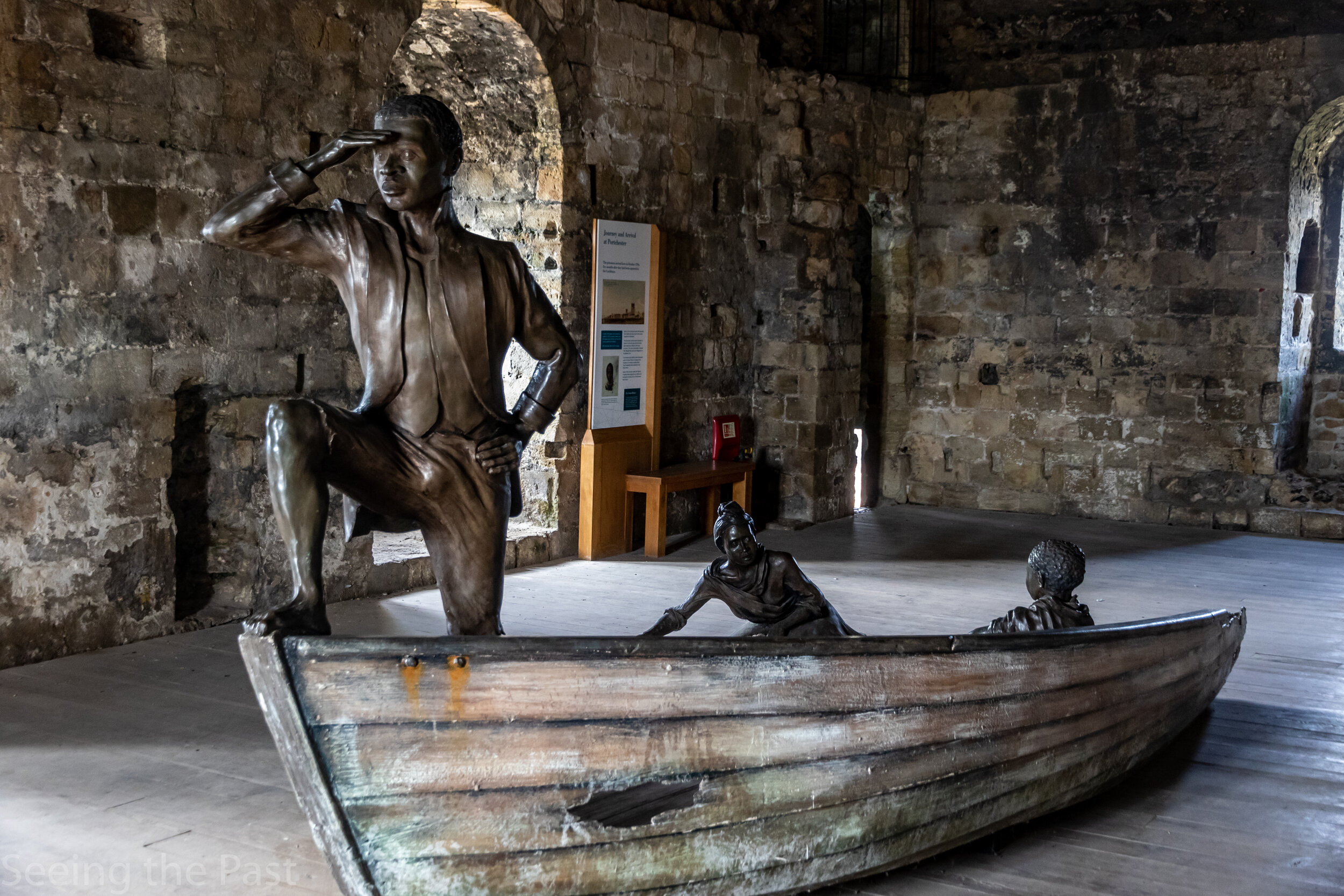








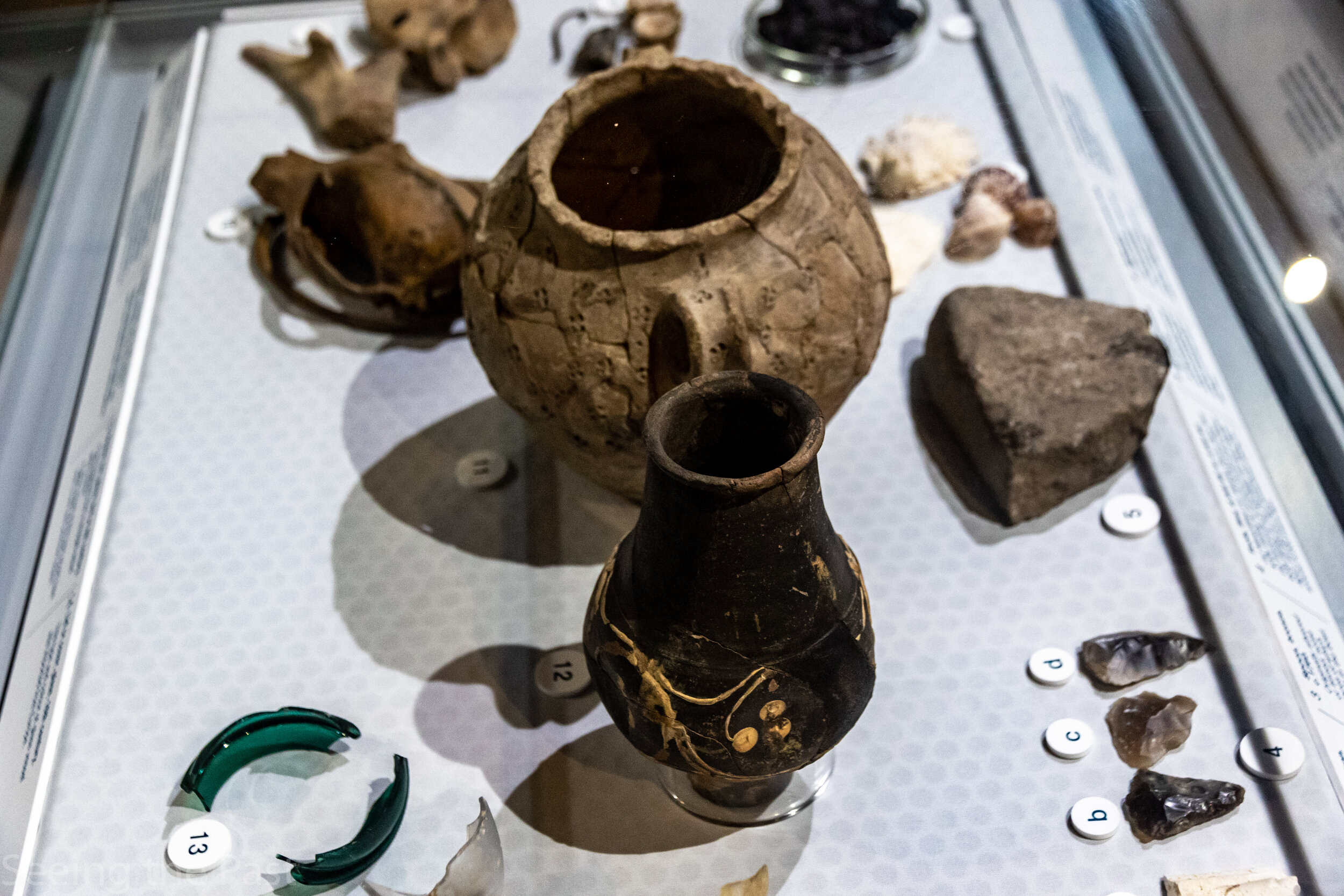


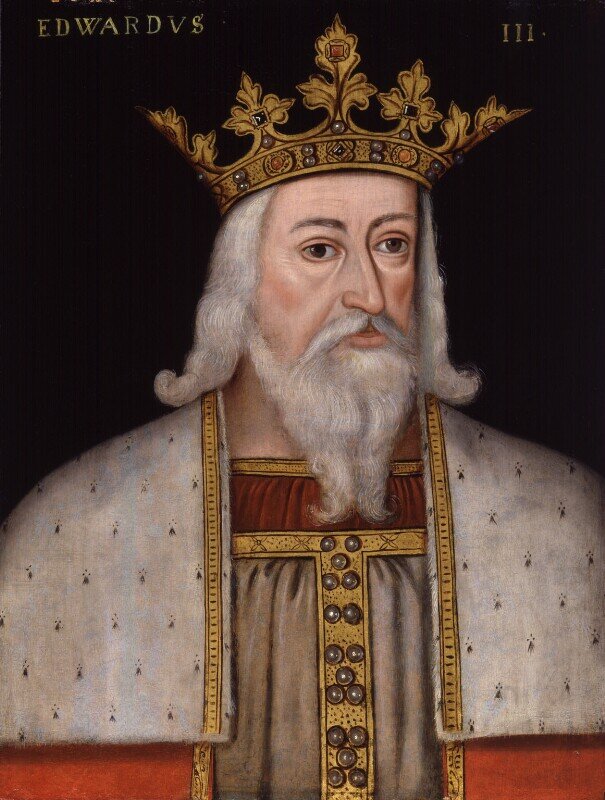

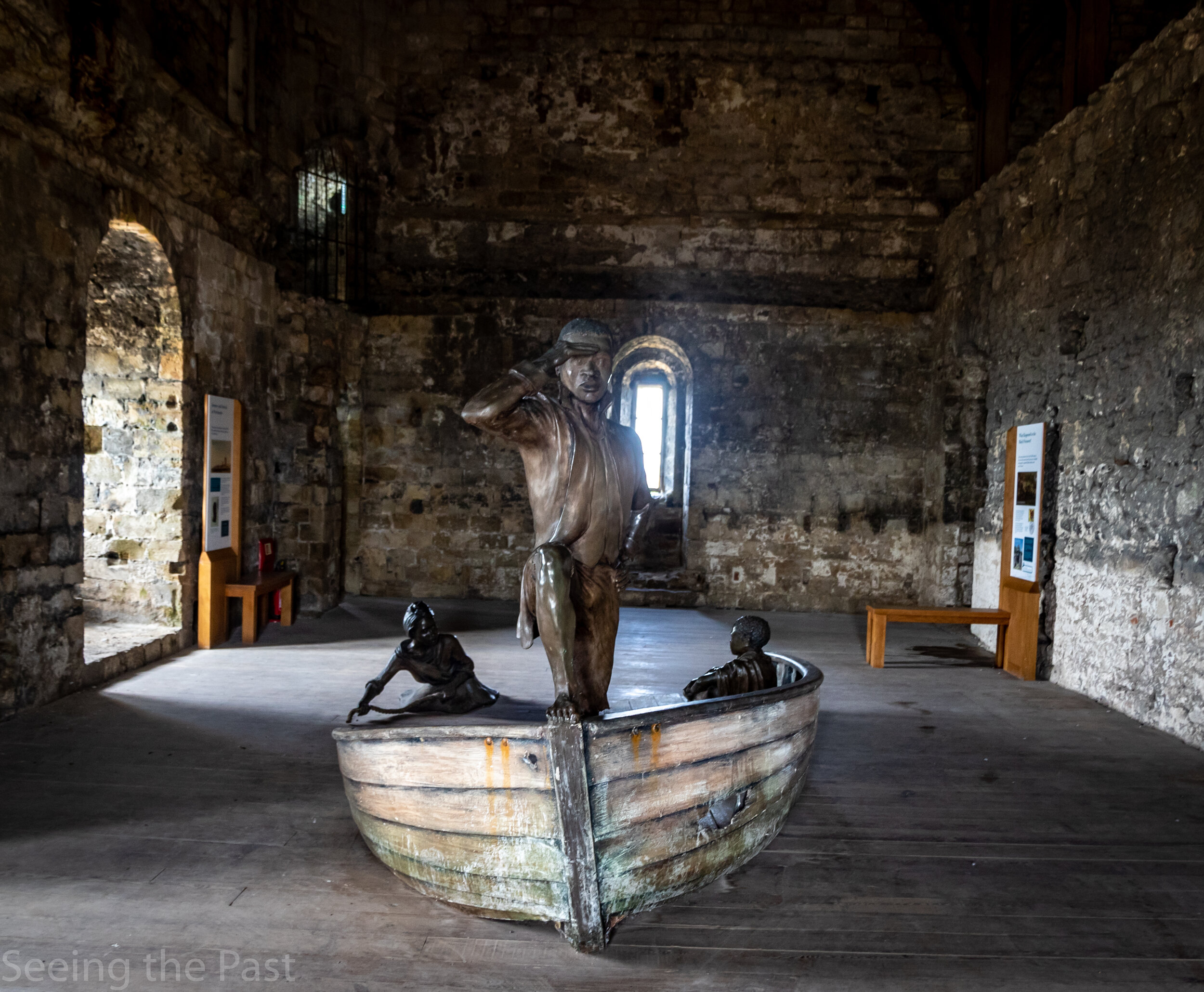
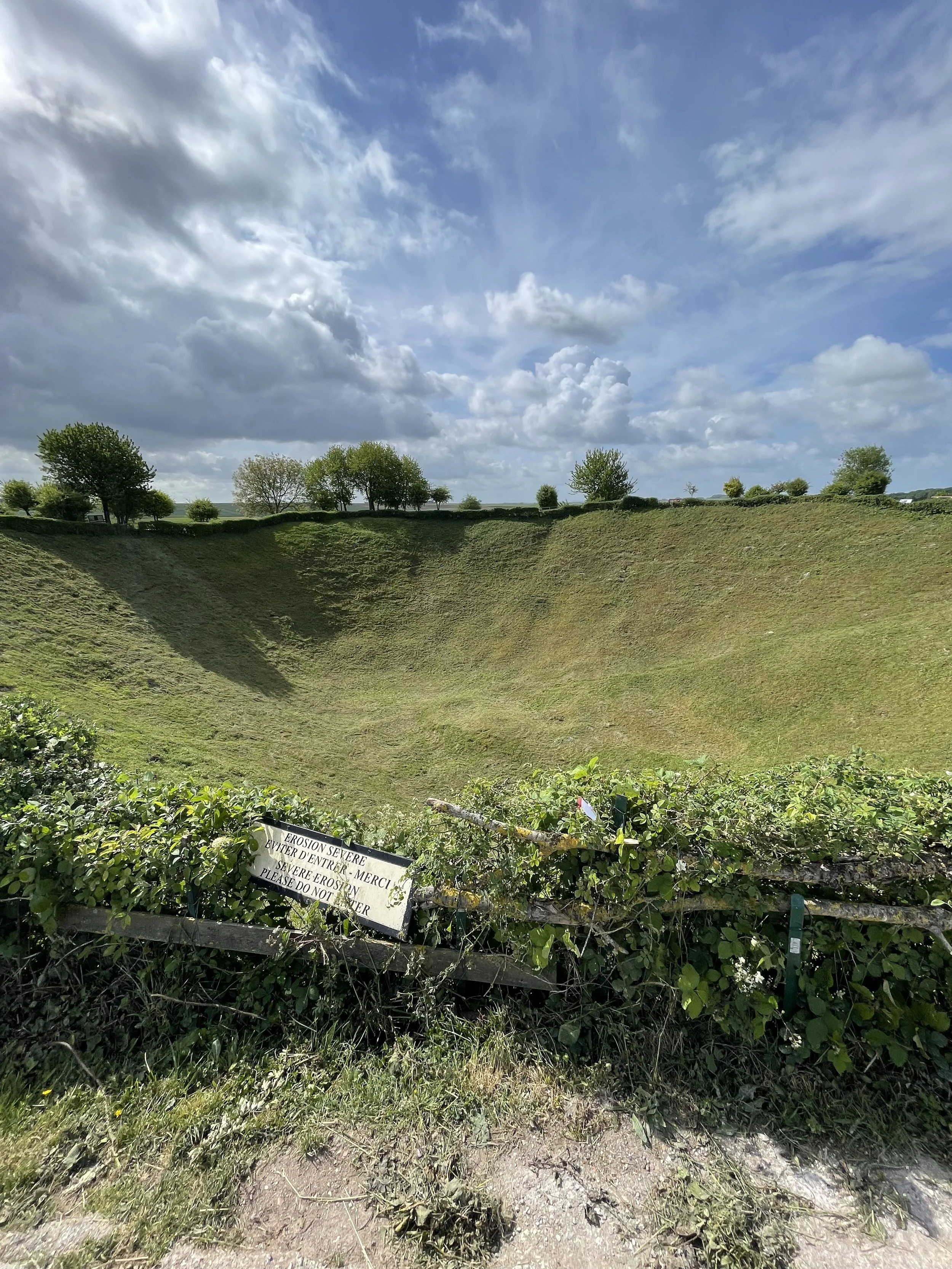
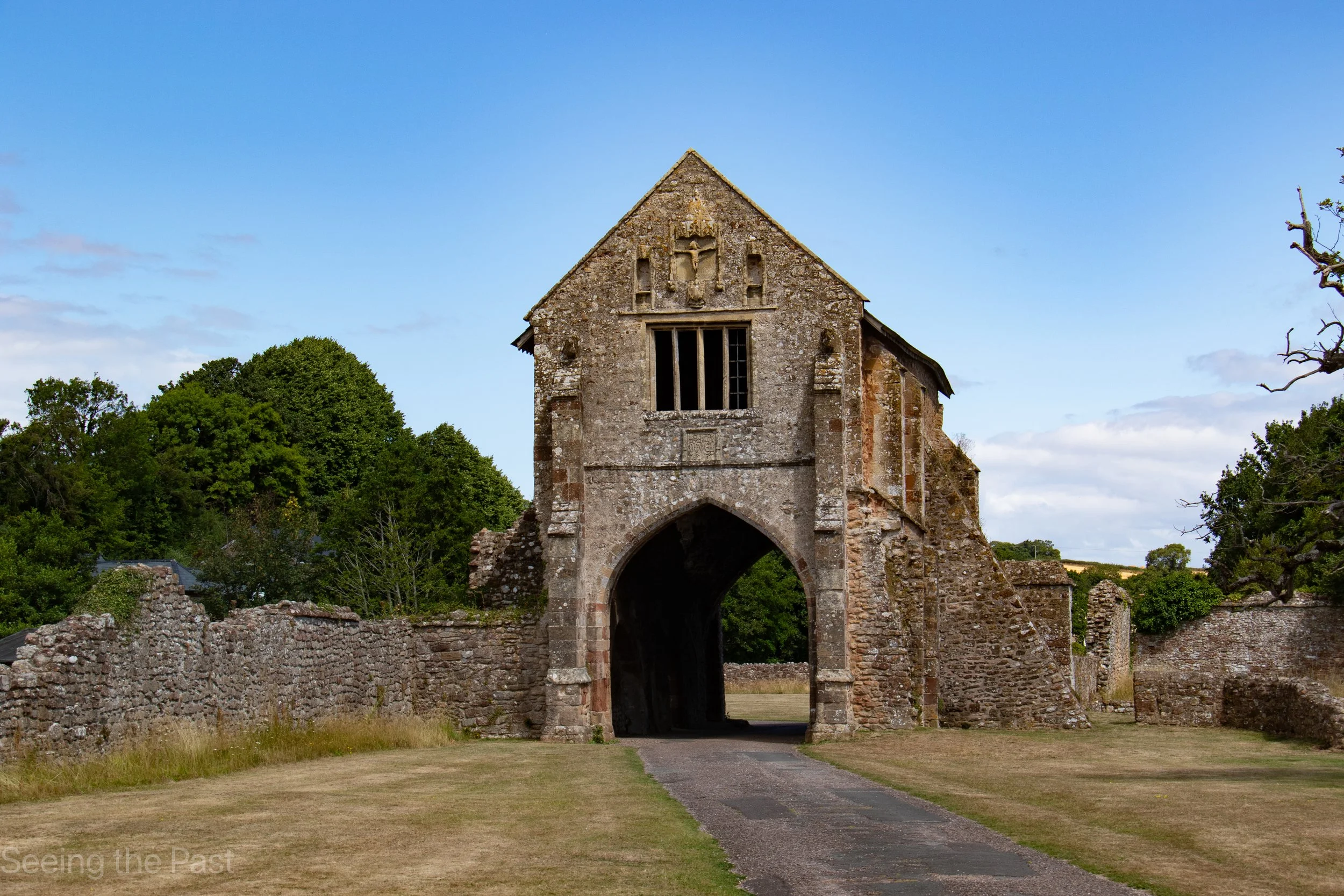









Buckler’s Hard has three historical phases; a proposed sugar town that failed, a shipbuilding yard initially providing ships for the Royal navy and a base for various things linked to World War Two but especially D Day. Walking from the car park you suddenly come across this beautiful, unmodernised, Georgian street. One side of the road contains an amazing museum of all the activities that have taken place over the last 300 years. It includes some intricate models of sailing ship building here, loads of artefacts and full size waxwork models illustrating life in the late 18th and early 19th centuries.